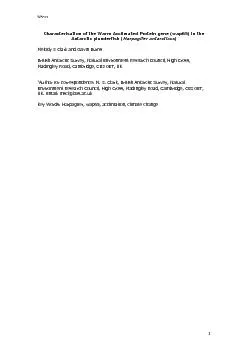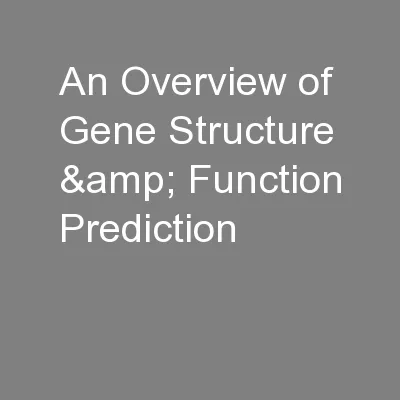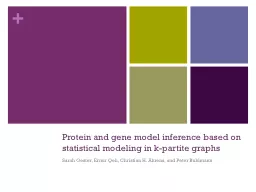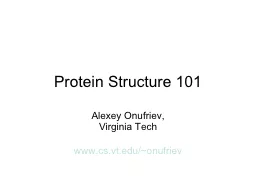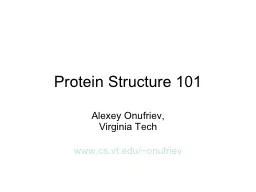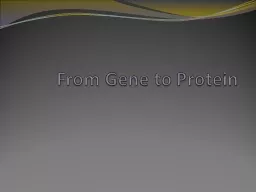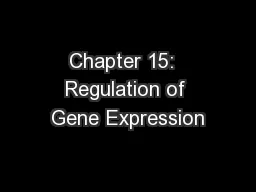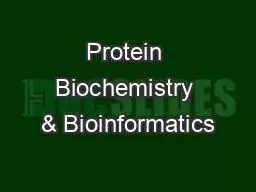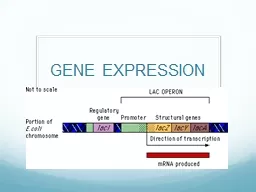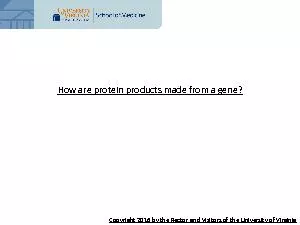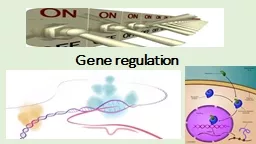PDF-Characterisation of the Warm Acclimated Protein gene (wap65) in the An
Author : trish-goza | Published Date : 2015-09-26
WAP65 Melody S Clark and Gavin Burns British Antarctic Survey Natural Environment Research Council High Cross Madingley Road Cambridge CB3 0ET UK 1 Author for correspondenceM
Presentation Embed Code
Download Presentation
Download Presentation The PPT/PDF document "Characterisation of the Warm Acclimated ..." is the property of its rightful owner. Permission is granted to download and print the materials on this website for personal, non-commercial use only, and to display it on your personal computer provided you do not modify the materials and that you retain all copyright notices contained in the materials. By downloading content from our website, you accept the terms of this agreement.
Characterisation of the Warm Acclimated Protein gene (wap65) in the An: Transcript
Download Rules Of Document
"Characterisation of the Warm Acclimated Protein gene (wap65) in the An"The content belongs to its owner. You may download and print it for personal use, without modification, and keep all copyright notices. By downloading, you agree to these terms.
Related Documents

